Pets don’t just curl up to snooze—they reveal secrets about their health, mood, and personality through the ways they sleep. In this updated guide, learn how to read your pet’s sleeping positions and what they mean for their behavior, well-being, and bond with you.
1. The Belly-Up (On Their Back, Limbs in the Air)
- What it looks like: Fully exposed belly, horizontal or slightly angled limbs.
- Interpretation:
- Trust & Security
- Deep Comfort
- Playful Heart
- Caution: More common in warm environments—vulnerable to drafts.
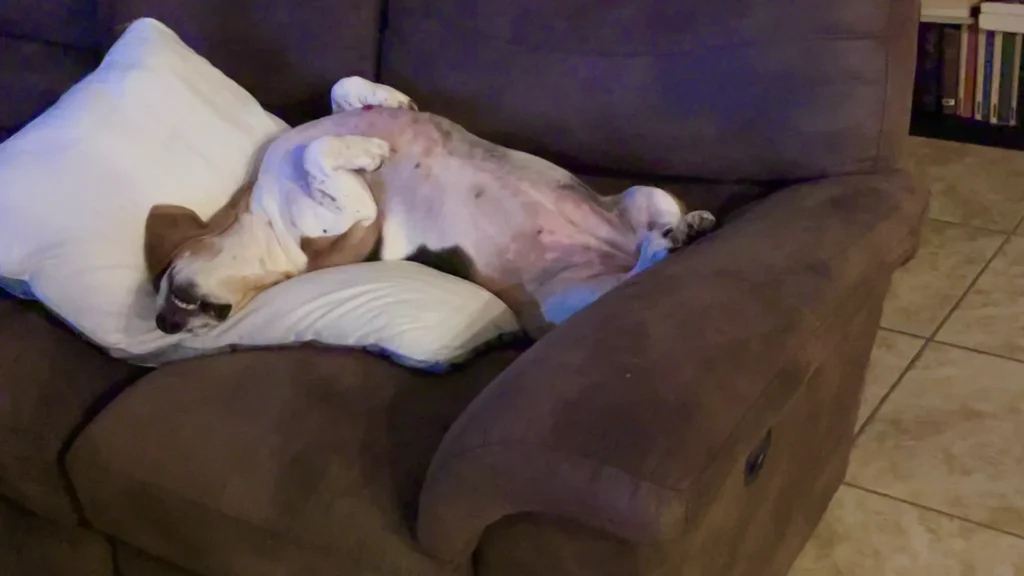
2. The Donut (Curled Up Tight)
- What it looks like: Body curved, tail tucked, head close to chest.
- Interpretation:
- Conserving warmth
- Native resting posture
- Anxiety or insecurity (if very tight)
- Tip: Provide warm bedding and secure zones.
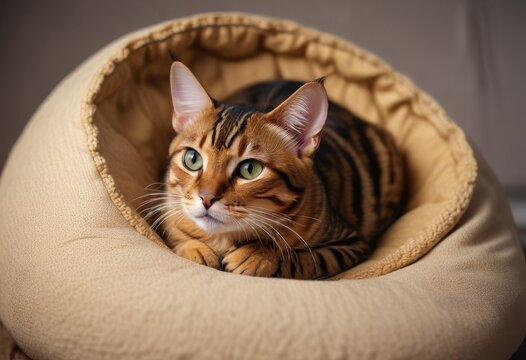
3. Side Sleeper (On Their Flank)
- What it looks like: Full-body side rest, limbs extended forward/back.
- Interpretation:
- Balanced Relaxation & Readiness
- Calm and cozy
- Deep sleep, but alert to stimulation
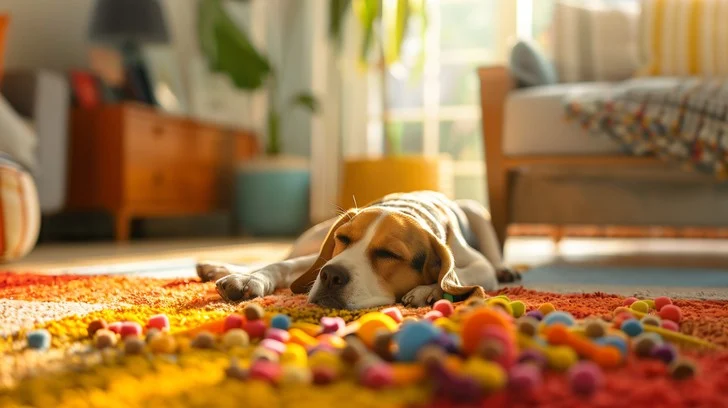
4. The Superman (Splayed Front & Back)
- What it looks like: Stretched out with limbs extended forward/back.
- Interpretation:
- Cool-down posture
- Youthful vigor, flexibility
- Quick to bounce up and play
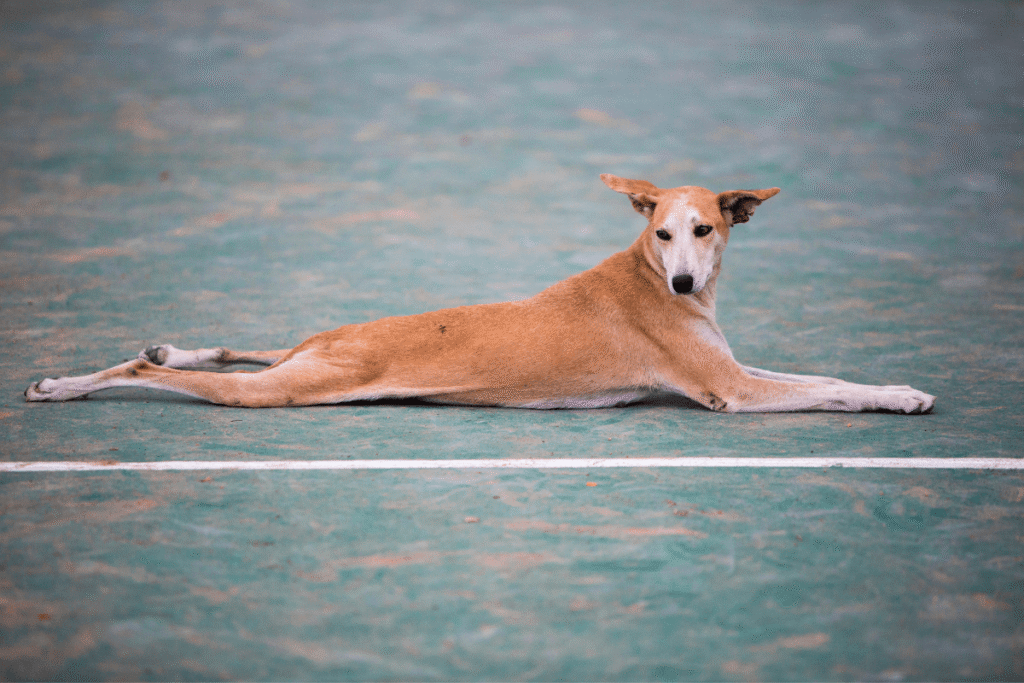
5. The Lion’s Pose (Chin or Front Paw Under Head)
- What it looks like: Head rests on paw or floor, restful but subtle alert.
- Interpretation:
- Relaxed but watchful
- Comfort-seeking posture
- Medium-level security
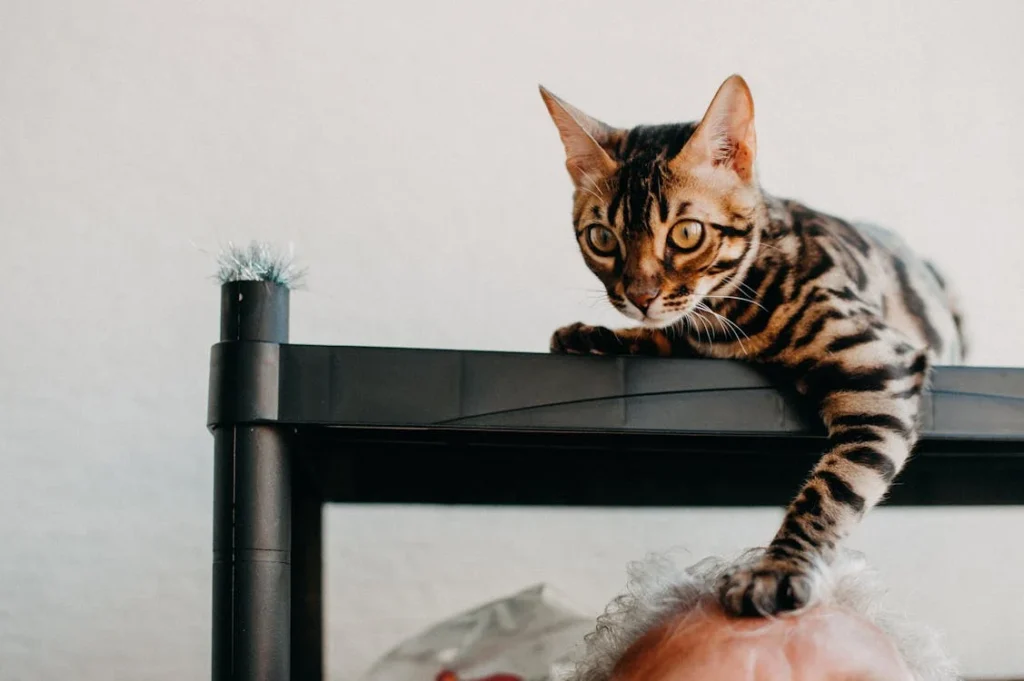
6. The Tucked-In (Legs Under Body)
- What it looks like: Legs beneath the torso; head may be up or down.
- Interpretation:
- Ready to spring
- Neutral comfort
- Mild insecurity or self-preservation
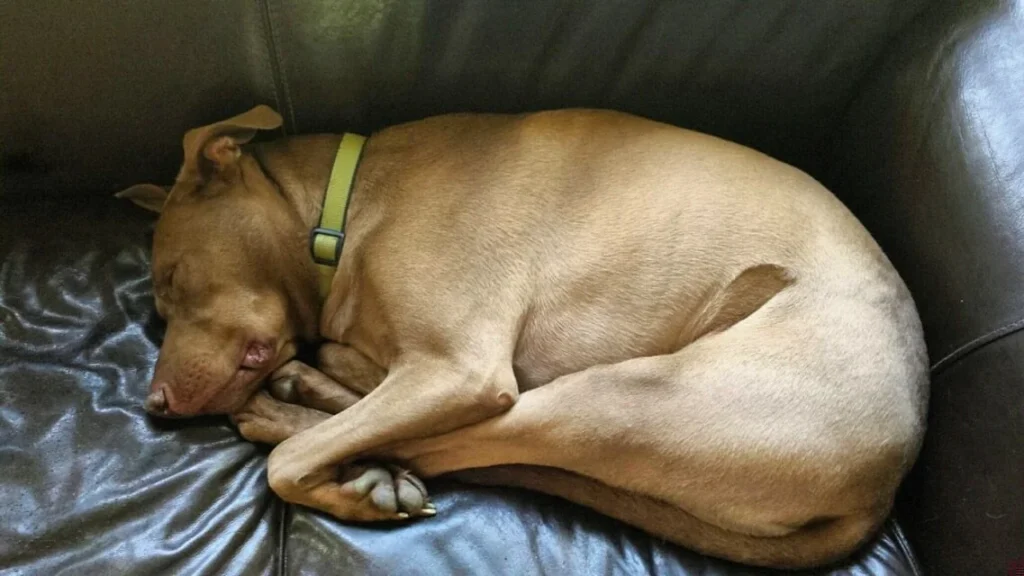
7. Burrower (Under Blankets or Coverings)
- What it looks like: Fully or partially hidden under bedding.
- Interpretation:
- Seeking warmth
- Avoiding bright light or noise
- May indicate shyness or anxiety
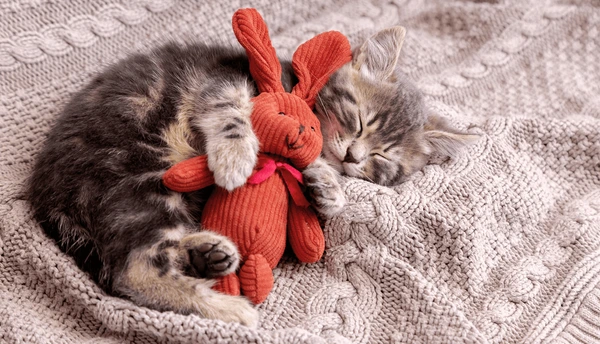
8. Out-of-Bed Pager (Feet Hanging off Bed)
- What it looks like: Front or rear legs hang over bed or couch edge.
- Interpretation:
- Comfortable boundary testing
- Relaxed posture
- Might hint at territorial comfort
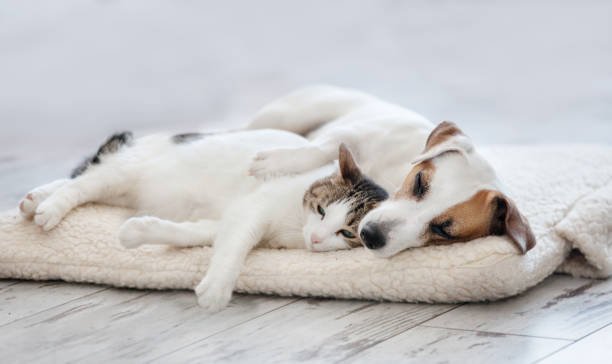
9. Shoulder Pillow (Pet’s Head on Your Shoulder or Knee)
- What it looks like: Head resting on you or your pillow.
- Interpretation:
- Seeking closeness
- Bonding & affection
- Security and trust
10. The Guard (Curled Facing Room)
- What it looks like: Curled but eyes facing entrance or activity.
- Interpretation:
- Watchful relaxation
- Protector instinct
- Modest vigilance
11. Changes in Position: What They Might Mean
- Age-related shifts: Less flexibility, changed comfort needs.
- Illness indicators: Sudden soreness or favoring positions.
- Seasonal effects: Curl up in cold, stretch in heat.
12. Tips to Enhance Your Pet’s Sleep
- Match bed types to positions.
- Observe cozy surfaces and replicate in other rooms.
- Adjust routine for warmth or comfort.
- Use calming sounds for anxious sleepers.
13. When to Be Concerned
- Restlessness, constant position changes.
- Incontinence, difficulty repositioning.
- Signs of pain (whimpering, guarding).
- Weakness or labored breathing.
14. Your Turn — Interactive Fun
- Add a downloadable chart of positions.
- Encourage readers to share snapshots using a hashtag.
